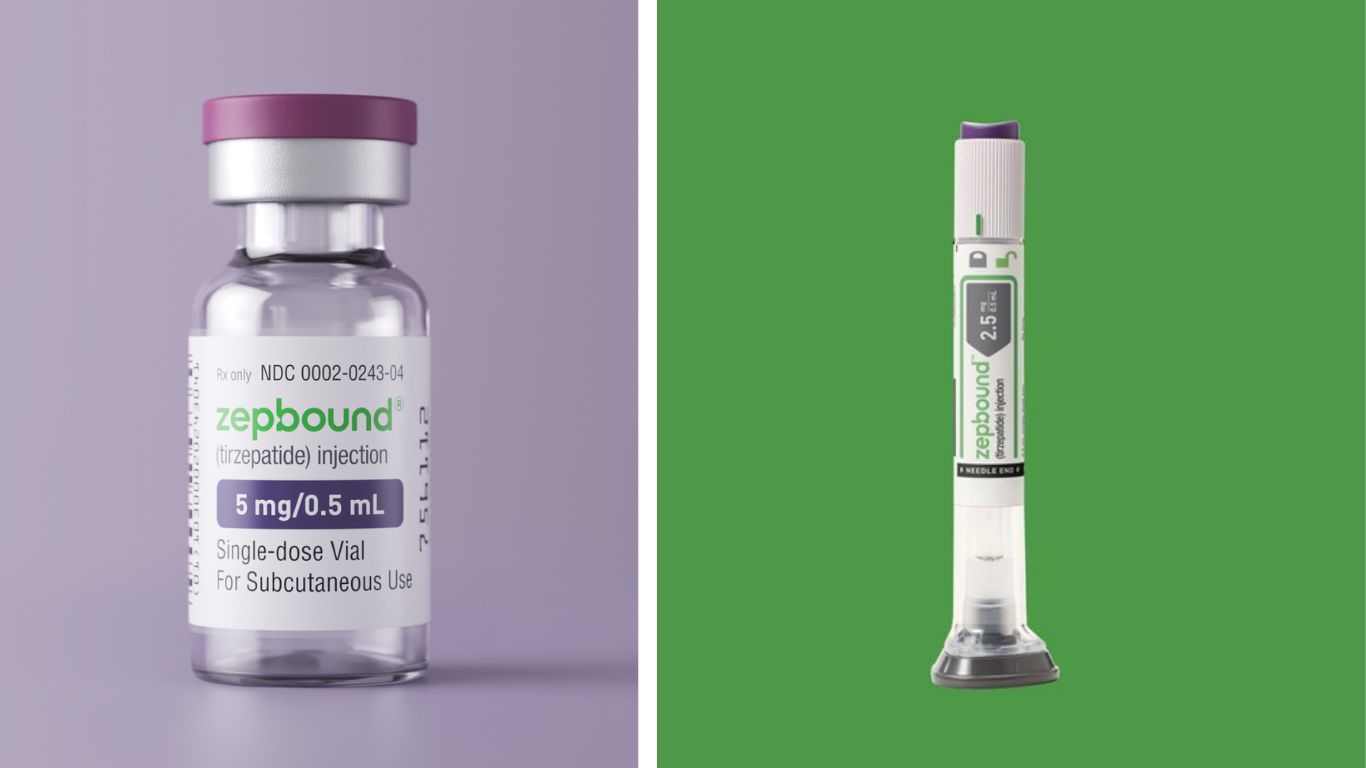Understanding Zepbund: A Comprehensive Guide

In recent years, the medical community has introduced innovative treatments to address obesity and its related health conditions. One such advancement is Zepbund, a medication that has garnered attention for its efficacy in weight management and the treatment of obstructive sleep apnea (OSA). This article delves into the intricacies of Zepbound, exploring its uses, mechanisms, benefits, potential side effects, and more.
What is Zepbund?
Zepbund is the brand name for tripeptide, a prescription medication approved by the U.S. Food and Drug Administration (FDA) for chronic weight management in adults. It is specifically indicated for individuals with:
- A body mass index (BMI) of 30 kg/m² or greater (classified as obesity).
- A BMI of 27 kg/m² or greater (overweight) accompanied by at least one weight-related comorbid condition, such as hypertension, dyslipidemia, type 2 diabetes mellitus, obstructive sleep apnea, or cardiovascular disease.
Mechanism of Action: How Does Zepbund Work?
Zepbound functions as a dual glucose-dependent insulinotropic polypeptide (GIP) receptor and glucagon-like peptide-1 (GLP-1) receptor agonist. By activating these receptors, Zepbound:
- Reduces appetite, leading to decreased caloric intake.
- Slows gastric emptying, prolonging feelings of fullness.
- Enhances insulin secretion in response to meals, aiding in blood sugar regulation.
Administration and Dosage
Zepbound is administered as a once-weekly subcutaneous injection. The typical dosing regimen includes:
- Initiation Phase: Starting with a low dose to assess tolerance.
- Titration Phase: Gradually increasing the dose based on individual response and tolerability.
- Maintenance Phase: Sustaining the optimal dose for continued efficacy.
It’s essential to follow the dosing schedule prescribed by a healthcare provider to achieve the best results.
Clinical Benefits of Zepbund
Weight Loss
Clinical trials have demonstrated significant weight loss outcomes with Zepbound. In one study, participants experienced an average weight reduction of 20.9% of their body weight over 72 weeks, compared to 3.1% in the placebo group.
Obstructive Sleep Apnea (OSA) Management
Zepbound has also shown promise in treating OSA in individuals with obesity. In clinical trials, 42% of adults treated with Zepbound had no sleep apnea or mild, non-symptomatic OSA after one year of treatment, compared to 16% using placebo. Additionally, these patients experienced an average weight loss of 18% of their body weight.
Potential Side Effects
While Zepbound offers substantial benefits, it’s crucial to be aware of potential side effects, which can range from mild to severe.
Common Side Effects
- Nausea
- Diarrhea
- Constipation
- Abdominal discomfort
- Injection site reactions
These side effects are generally mild and tend to diminish as the body adjusts to the medication.
Serious Side Effects
- Pancreatitis (inflammation of the pancreas)
- Gallbladder problems
- Hypoglycemia (especially when used with other diabetes medications)
- Acute kidney injury
- Diabetic retinopathy in patients with type 2 diabetes
- Suicidal thoughts or behaviors
Patients should seek immediate medical attention if they experience symptoms indicative of these serious side effects.
Precautions and Contraindications
Before initiating Zepbund therapy, it’s essential to discuss your medical history with your healthcare provider. Zepbound is contraindicated in individuals with:
- A personal or family history of medullary thyroid carcinoma.
- Multiple endocrine neoplasia syndrome type 2.
- A history of severe hypersensitivity reactions to tirzepatide or any of its components.
Additionally, caution is advised for patients with a history of pancreatitis, gallbladder disease, or severe gastrointestinal disorders.
Comparing Zepbund to Other Weight Loss Medications
Zepbound is part of a class of medications that includes other GLP-1 receptor agonists like Ozempic and Wegovy. While these medications share similarities, Zepbound’s dual action on GIP and GLP-1 receptors may offer distinct advantages in weight loss and metabolic control. However, individual responses can vary, and it’s essential to consult with a healthcare provider to determine the most appropriate treatment.
FAQs
1. How is Zepbund administered?
Zepbund is administered as a once-weekly injection under the skin, typically in the abdomen, thigh, or upper arm. It’s essential to rotate injection sites with each dose.
2. Can Zepbound be used in individuals without diabetes?
Yes, Zepbound is approved for weight management in adults with obesity or overweight, regardless of diabetes status. However, it’s essential to use it under the guidance of a healthcare provider.
3. How long does it take to see weight loss results with Zepbund?
Weight loss timelines can vary among individuals. Clinical studies have shown significant weight loss over 72 weeks, but some individuals may notice changes earlier. Consistency with the medication, along with diet and exercise, plays a crucial role.
4. Are there any dietary restrictions while taking Zepbund?
While there are no specific dietary restrictions, it’s recommended to follow a reduced-calorie diet and increase physical activity to enhance weight loss results with Zepbound.
5. What should I do if I miss a dose of Zepbound?If you miss a dose, take it as soon as you remember, provided it’s within 4 days (96 hours) of the missed dose. If more than 4 days have passed, skip the missed dose and resume your regular dosing schedule. Do not take two doses within 3 days of each other.










